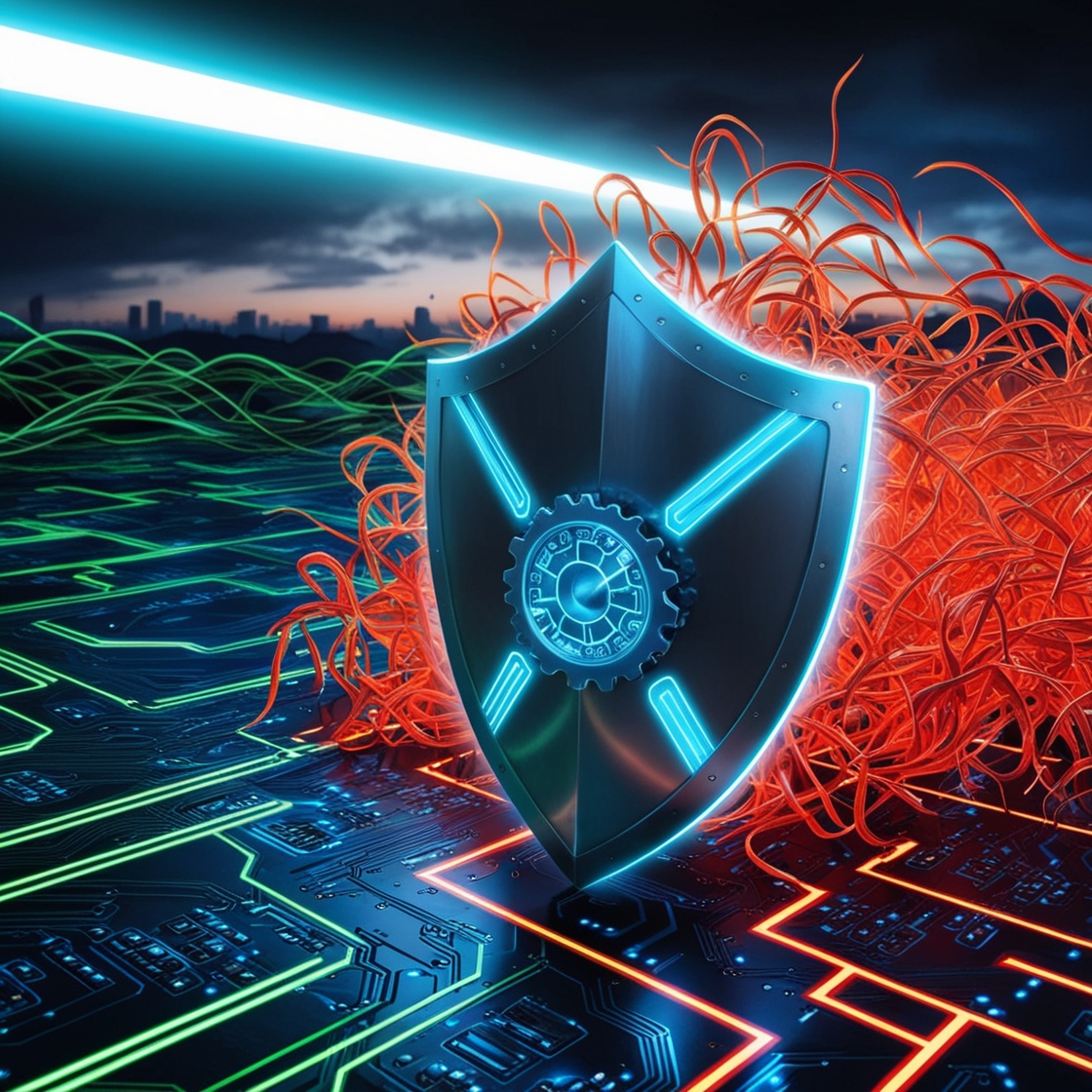Understanding Cybersecurity Threats
1. What Are Cybersecurity Threats?
Cybersecurity threats are malicious acts aimed at compromising the confidentiality, integrity, or availability of information systems. These can include anything from malware and phishing attacks to advanced persistent threats (APTs) and insider threats.
2. Common Types of Cybersecurity Threats
- Malware: This includes viruses, worms, and ransomware that can disrupt systems or steal data.
- Phishing: A deceptive technique used to trick individuals into revealing personal information.
- Ransomware: A type of malware that encrypts files and demands payment for their release.
- DDoS Attacks: Distributed Denial of Service attacks overwhelm a system, making it unavailable to users.
- Insider Threats: These occur when individuals within an organization misuse their access for malicious purposes.
The Rising Threat Landscape
3. The Increasing Sophistication of Attacks
Cyberattacks have evolved from simple nuisances to complex operations involving sophisticated tactics and technologies. Attackers are utilizing artificial intelligence and machine learning to enhance their methods, making it difficult for traditional defenses to keep up.
4. The Impact of the Remote Work Culture
The shift to remote work, accelerated by the COVID-19 pandemic, has expanded the attack surface for many organizations. Employees accessing company resources from home networks increase vulnerability to cyber threats.
Advances in Cybersecurity Defense Mechanisms
5. The Role of AI and Machine Learning
Artificial Intelligence (AI) and Machine Learning (ML) are revolutionizing cybersecurity. These technologies can analyze vast amounts of data to identify patterns and anomalies that indicate potential threats.
6. Next-Generation Firewalls (NGFWs)
NGFWs offer advanced features like application awareness and control, which provide deeper visibility into network traffic, enabling more effective threat detection and prevention.
7. Endpoint Detection and Response (EDR)
EDR solutions focus on monitoring endpoint devices for suspicious activities and responding to potential threats in real-time. This helps organizations contain breaches before they escalate.
8. Zero Trust Architecture
The Zero Trust model assumes that threats could exist both inside and outside the network. By continuously verifying user identity and access permissions, organizations can reduce the risk of unauthorized access.
Building a Robust Cybersecurity Strategy
9. Employee Training and Awareness
Cybersecurity is not just about technology; it’s also about people. Regular training and awareness programs help employees recognize potential threats like phishing emails and social engineering tactics.
10. Regular Security Audits and Assessments
Conducting routine security audits helps organizations identify vulnerabilities in their systems. This proactive approach allows for timely interventions before threats can be exploited.
11. Incident Response Planning
Having a well-defined incident response plan is crucial. This plan outlines the steps to take when a breach occurs, helping organizations react swiftly and effectively to minimize damage.
Emerging Trends in Cybersecurity
12. Cloud Security Solutions
As more businesses move to cloud-based services, the demand for cloud security solutions continues to grow. These solutions provide enhanced data protection, access control, and compliance management.
13. Blockchain Technology
Blockchain technology is being explored for its potential to enhance cybersecurity. Its decentralized nature makes it difficult for hackers to alter data, providing an added layer of security.
Conclusion
In an age where digital threats are a constant reality, staying informed and proactive is essential. Cybersecurity threats will continue to evolve, but so will the mechanisms to defend against them. By embracing innovative technologies and fostering a culture of security awareness, organizations can significantly reduce their risk and enhance their resilience against cyberattacks.
FAQs
1. What are the most common cybersecurity threats today?
The most common threats include malware, phishing, ransomware, DDoS attacks, and insider threats.
2. How can organizations protect themselves against ransomware?
Regular backups, employee training, and up-to-date security software are key measures to protect against ransomware attacks.
3. What is a Zero Trust architecture?
Zero Trust is a security model that assumes threats may exist both inside and outside the network, requiring continuous verification of users and devices.
4. How important is employee training in cybersecurity?
Employee training is crucial as humans often are the weakest link in security. Awareness can prevent many attacks, especially phishing.
5. What role does AI play in cybersecurity?
AI helps in threat detection and response by analyzing large datasets for anomalies and patterns indicative of potential cyber threats.
